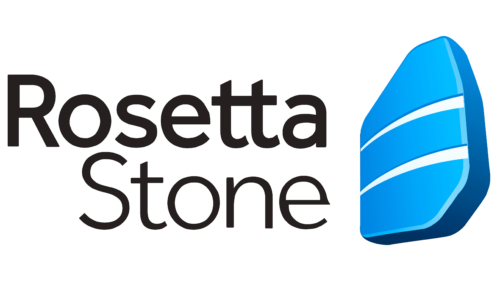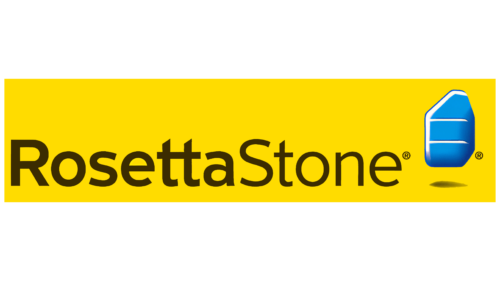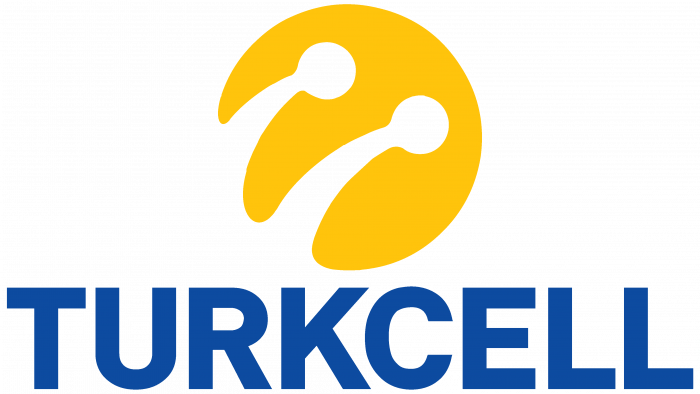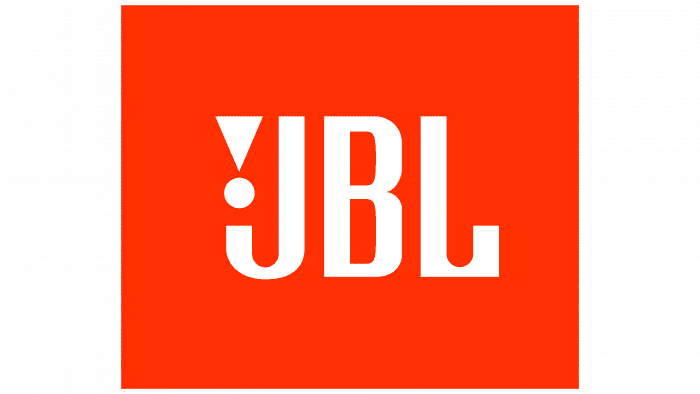The Rosetta Stone logo serves as an educational flashcard representing the program. Information about the platform is encrypted in familiar, simple symbols with deep meaning, accessible to anyone willing to delve into the topic.
Rosetta Stone: Brand overview
| Founded: | 1992 |
| Founder: | Eugene Stoltzfus, Allen Stoltzfus, John Fairfield |
| Headquarters: | Arlington, Virginia, United States |
| Website: | rosettastone.com |
Initiated in Harrisonburg, Virginia, in 1992, Rosetta Stone was the brainchild of Allen Stoltzfus and his co-founders, including his brother-in-law John Fairfield. Allen’s struggles with traditional Russian learning methods led him to consider immersive experiences a more effective means of mastering a language. He turned to John Fairfield, armed with a PhD in computer science, to make this vision of tech-powered, immersive language learning a reality.
Originally operating under the moniker of Fairfield Language Technologies, the outfit’s debut offering was a language software known as “The Rosetta Stone.” A change in corporate identity came in 2006 when the company decided to adopt the name of its flagship product, Rosetta Stone. This shift coincided with a change in ownership, as private equity players ABS Capital Partners and Norwest Equity Partners acquired the firm.
The company gained public status in 2009, listing on the New York Stock Exchange with the ticker RST and generating upwards of $112 million through its initial public offering. Over subsequent years, Rosetta Stone diversified its scope from individual-focused language courses to a broader educational technology portfolio, adding firms like Lexia Learning to its roster.
The next significant turn came in 2021 when Rosetta Stone transitioned into a subsidiary of IXL Learning. Despite this change in organizational hierarchy, Rosetta Stone persists in its mission of delivering language and literacy solutions. Rosetta Stone has evolved from a small enterprise that disrupts traditional language learning to a major educational technology company subsidiary, expanding its reach and offerings.
Meaning and History
The emblem, like the language learning method it represents, is built on a combination of graphic images and inscription. Each rebranding and transformation of the logo is a step towards maximally simple and understandable visualization, comprising an image with an explanatory caption. The image is easily memorable and brings new insights to students and intellectual enrichment to those keen on its history. Therefore, it puts into practice the educational principle of learning from visual examples and progressing from simple to complex.
What is Rosetta Stone?
An online platform for students, business professionals, and travelers aimed at mastering a foreign language. Utilizes cards with text, pictures, and sound without translation. As of 2021, it is owned by IXL Learning.
1992 – 2007
The first logo featured the program’s name written in a font of varying thickness.
Since the platform is related to education, a scholarly name was chosen to appeal to the erudition and knowledge of students. Rosetta Stone is named after the historical monument—a stone slab bearing inscriptions from the Ptolemaic dynasty era.
The unique feature of the stone is the dual-language inscription, written in ancient Egyptian and ancient Greek dialects. This tablet was the first bilingual document, aiding linguists in deciphering individual symbols and hieroglyphs. The Egyptian version was translated in 1822, and the knowledge gained subsequently allowed for the free reading and translation of other ancient Egyptian texts.
The learning principle reflected in the stone’s inscriptions is similar to the language-learning approach developed by Allen Stoltzfus. This method is based on immersion and listening to the pronunciation of phrases and words, coupled with an intuitive understanding of their meaning. This is similar to how children learn their first language. Memorizing specific phrases later enables interpretation in various dialogues and texts.
The name appears in font weights of varying thickness. Numerous stones exist, yet this historical monument stands out with the name Rosetta, after the town near which the stone was used in fort construction and subsequently discovered.
Below the words, a globe is placed to signify that people from any part of the Earth can study languages using this program. Language proficiency allows for unhindered global travel.
A subscript is added under the main inscription, stating that the program exists for successful language learning.
2007 – 2012
In 2006, the company officially changed its name to the program’s name. Previously, the company owning Rosetta Stone was known as Fairfield Language Technologies. Consequently, the brand emblem was altered due to global expansion and the opening of offices in other countries.
In the logo, the name is situated at the bottom of a yellow rectangle, while a blue stone slab floats at the top right of the inscription. The yellow background signifies a user-friendly environment, a community of like-minded individuals who enjoy and want to learn.
The blue stone represents the Rosetta slab and is simultaneously an analogy for the term “bedrock of knowledge.” Two lines on it serve as a schematic representation of the bilingual inscriptions. The stone floats to indicate that even complex material is easily studied using Allen Stoltzfus’s system.
2012 – today
The company went public, attracting investments. Growth and expansion led to a shift in branding toward a more stylish and modern identity. The 2012 emblem lacks constraining shapes and directly embodies the name. The symbol consists of an inscription on the left and a graphic element on the right.
The name is arranged in two levels. As in the first logo, the word Rosetta is highlighted in a bolder font.
The image of a large stone slab is the main visual element of the composition. The object embodies the power and strength of knowledge. Enlarging the Rosetta Stone drawing emphasizes the company’s growth and expansion.
Font and Colors
Blue and black are the primary colors of the emblem. Blue signifies technology and the use of computers and programming to create an educational platform. The shade is ideal for representing online learning. The color conveys organization, logic, and sequence, which is essential for acquiring new knowledge.
Black is the color of printed text. Language is based on letters, words, and phrases that appear on the screen. The shade aids in focusing attention on content and differentiating symbols.
The font of the inscription is simple and easily readable without any flourishes or serifs. A unique feature is joining the letter “t” with a single crossbar, highlighting the establishment of connections between familiar and new phrases. These logical chains pave the way for understanding foreign languages.
Rosetta Stone color codes
| Raisin Black | Hex color: | #251f1f |
|---|---|---|
| RGB: | 37 31 31 | |
| CMYK: | 0 16 16 85 | |
| Pantone: | PMS Neutral Black C |
| Dark Midnight Blue | Hex color: | #003263 |
|---|---|---|
| RGB: | 0 50 99 | |
| CMYK: | 100 49 0 61 | |
| Pantone: | PMS 648 C |
| Bleu de France | Hex color: | #0088e6 |
|---|---|---|
| RGB: | 0 136 230 | |
| CMYK: | 100 41 0 10 | |
| Pantone: | PMS 3005 C |
| Baby Blue | Hex color: | #79d7fb |
|---|---|---|
| RGB: | 121 215 251 | |
| CMYK: | 52 14 0 2 | |
| Pantone: | PMS 311 C |







